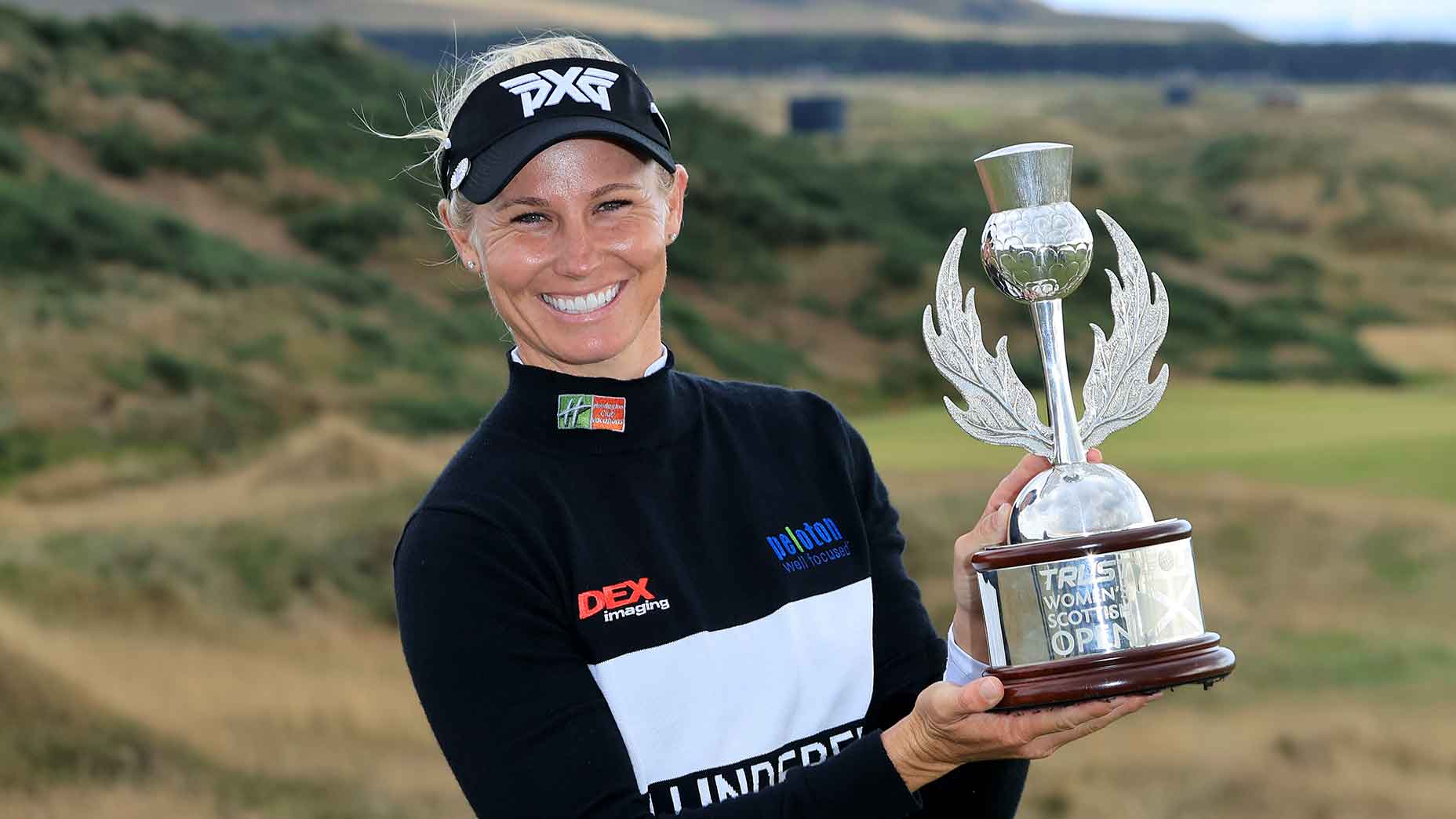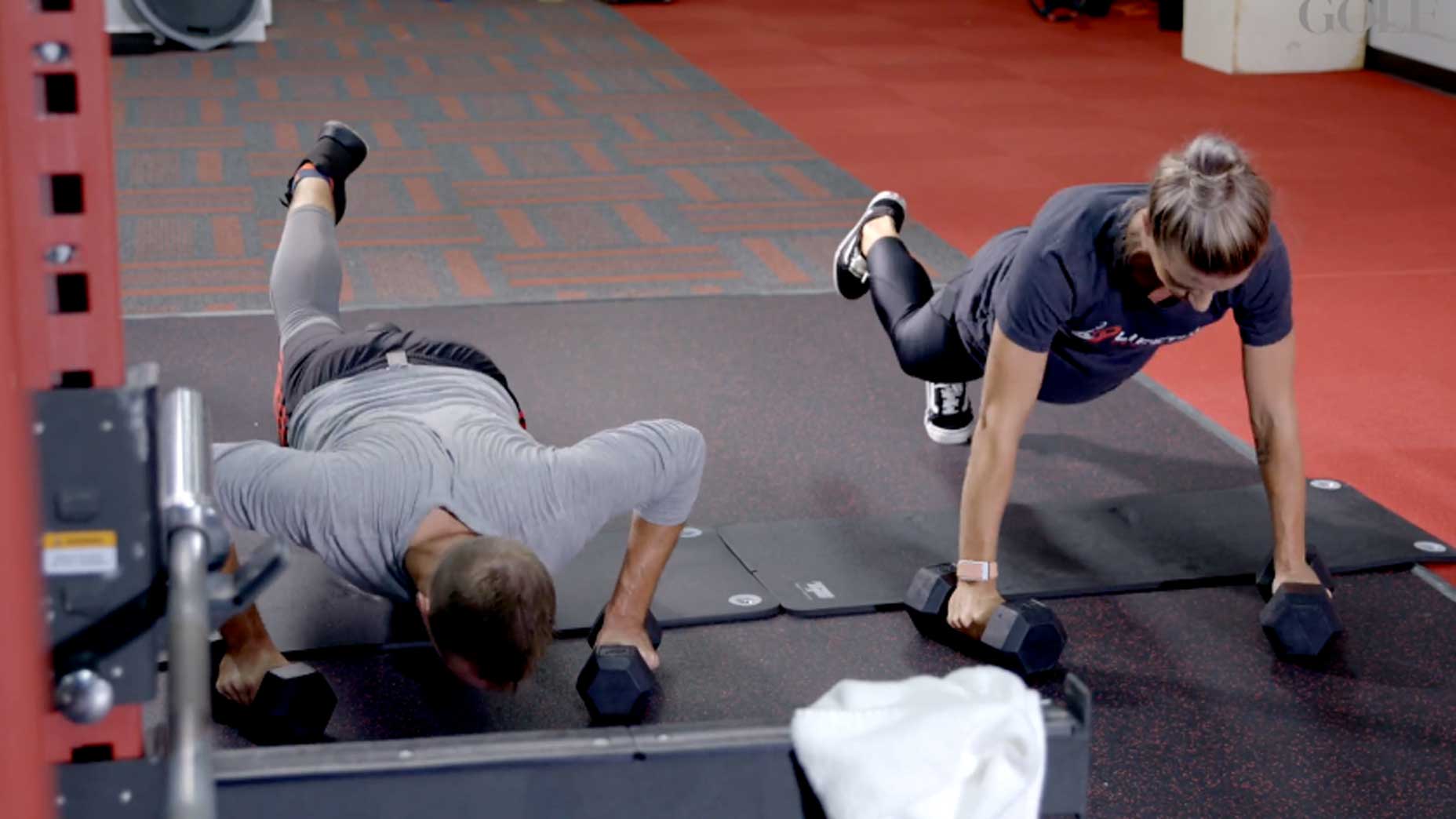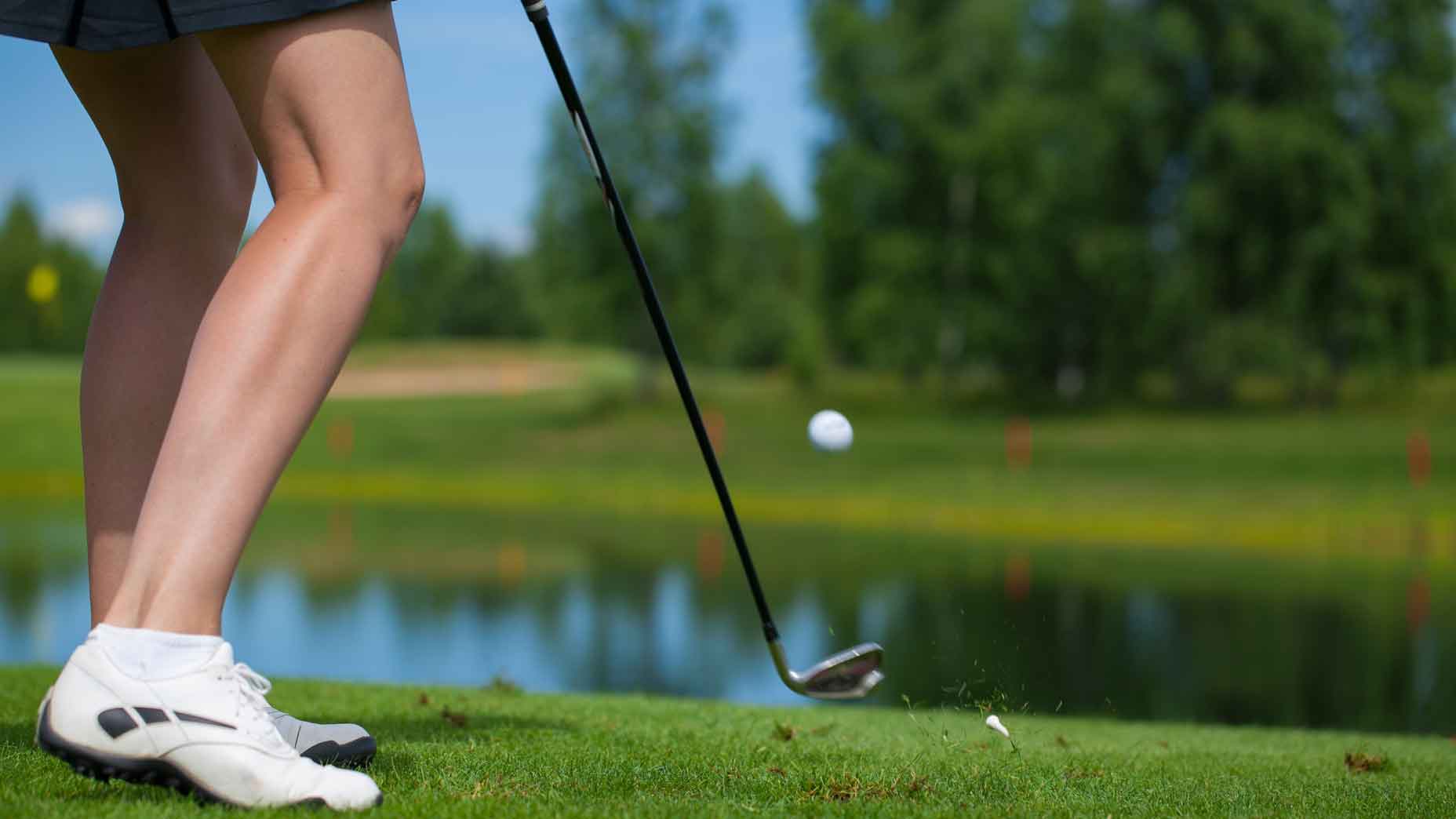
After years of hard work, Ryan O’Toole finally earned her first LPGA win.
Getty Images
Ryan O’Toole’s first LPGA win at the Scottish Women’s Open was a long time coming.
11 years, or 228 starts, long.
That’s a long time to be doing anything, especially when being a professional golfer is such a grind, something O’Toole alluded to herself following her win.
“I’m excited and happy,” O’Toole said. “The hours and grind and heartache this sport brings, the constant travel, for this moment, I hope it only happens again and again.”
O’Toole was hardly speaking in code there. Being a professional golfer comes with a lot of perks, but it also takes a lot of hours on the course, at the range and especially in the gym to be successful on tour.
For O’Toole, those hours in the gym with trainer Andrew Hannon have finally paid off.
O’Toole is extremely athletic — surfing, running, yoga, basketball — you name the activity, and she probably does it. She’s also extremely committed to her health and fitness when it comes to golf.
“Where I come in is, I can fine-tune some of the specific things she’s working on golf-wise,” Hannon told GOLF.com. “It’s a blend of plyometric work, getting her joints moving the right way and strength work.”
So what can you learn from an 11-year LPGA Tour veteran who just captured the first win of her career?
1. Plyometric exercises have a TON of carryover to the golf swing
There’s a reason Hannon spends so much time working with O’Toole on plyometric exercises, including “bilateral jumps, unilateral jumps, landmines for upper body and medicine ball throws.”
There’s a ton of crossover between how you load your body, transfer your weight and move through these exercises and the golf swing. Plus, because plyometric training is designed to produce quick and powerful muscle contractions, the same way your body would during the golf swing, it has huge potential to help power up your game.
2. Paying attention to your joint health will pay dividends on the course
O’Toole is an extremely active person, but she also spends a lot of time traveling, which can take a toll on the body.
That’s another area where Hannon comes in. Every week, he supplies O’Toole with mobility exercises and stretches based on how she’s feeling to help optimize her performance on the course.
“Ryan tends to get sticky in her hips and hip flexors, so we tend to do a lot of hip capsule and glute work,” Hannon said. “Her shoulders get sticky as well, so we work both ranges of motion – retraction and protraction.”
While you might not have a personal trainer on speed dial, you certainly can take note of how your body feels and work on areas that feel tight. For most average golfers who work a 9-5 though, focusing on your hips (like O’Toole does) is a good place to start, since your hips are huge power generator in the golf swing.
Check out the below video for some hip mobility exercises from Hannon himself.
3. Keeping it simple goes a long way
The biggest lesson from Hannon is that training for golf doesn’t have to be complicated. “We overcomplicate golf fitness a lot of the time,” he said. “Focusing on the basics — strength, mobility and proper movement patterns — will go a long way” toward improved performance on the golf course.










